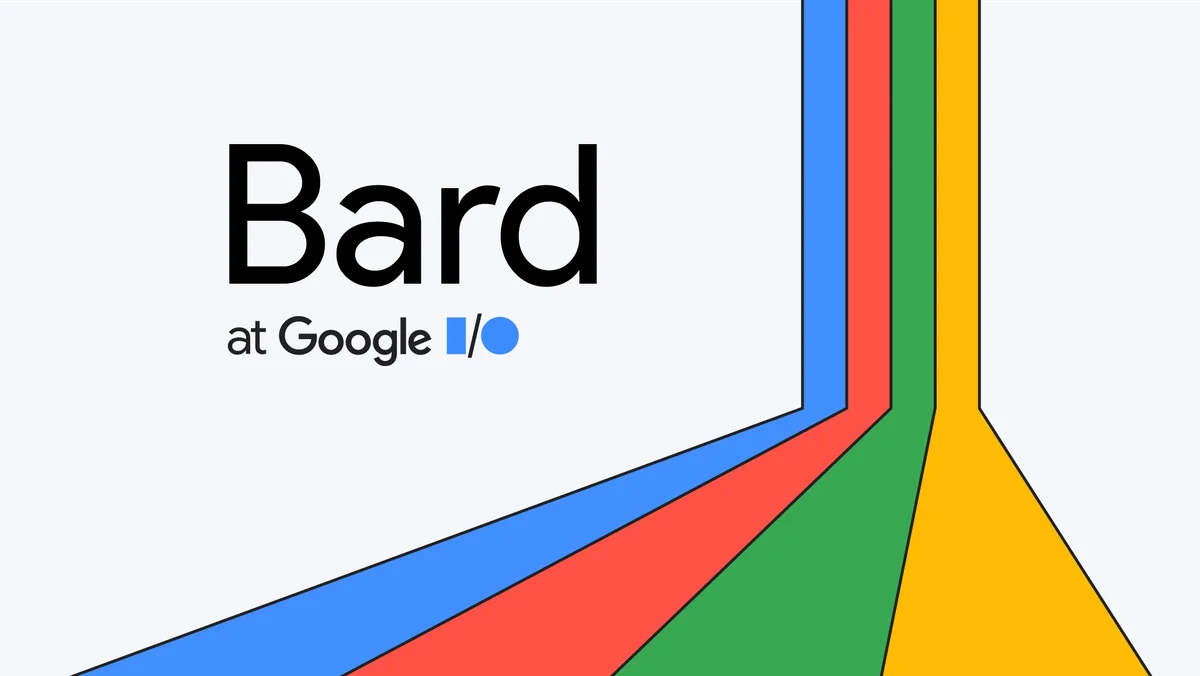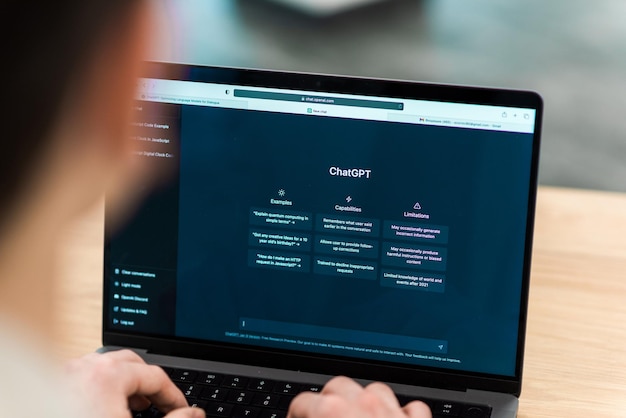Does Google Bard Have an API?
Google Bard is a conversational AI service that Google announced at its I/O 2023 event on May 10, 2023. It is powered by LaMDA, a large language model that can generate natural and coherent responses to any kind of query or prompt. Google Bard aims to combine the breadth of the world’s knowledge with the power, intelligence and creativity of large language models. It can be an outlet for creativity, and a launchpad for curiosity, helping users to learn new things, explore their interests, and have fun conversations.
But does Google Bard have an API? And if so, how can developers, creators and enterprises use it to build innovative applications with AI? In this article, we will answer these questions and provide some examples of how Google Bard can be used in different domains and scenarios.
What is an API?
An API, or Application Programming Interface, is a set of rules and protocols that allows software applications to communicate with each other. An API defines how data is exchanged, what functions are available, and what parameters are required. An API can be used to access data, services, or features from another application or platform.
For example, when you use a weather app on your phone, it may use an API to get the latest weather information from a weather service provider. The weather app sends a request to the weather service’s API, which returns the relevant data in a standardized format. The weather app then displays the data on your screen in a user-friendly way.
Why is an API Important for Conversational AI?
An API is important for conversational AI because it enables developers to integrate conversational AI capabilities into their own applications or platforms. Conversational AI is the technology that allows machines to understand and generate natural language, such as speech or text. Conversational AI can be used to create chatbots, voice assistants, smart speakers, and other interactive applications that can communicate with humans in a natural and engaging way.
However, building a conversational AI system from scratch can be very challenging and time-consuming. It requires a lot of data, computing power, and expertise in natural language processing (NLP), machine learning (ML), and artificial intelligence (AI). That’s why many developers prefer to use existing conversational AI platforms or services that provide ready-made solutions for common use cases.
By using an API, developers can leverage the conversational AI capabilities of these platforms or services without having to build their own system. They can simply send requests to the API with their input data (such as text or speech) and receive responses with the output data (such as text or speech) in a standardized format. They can then use the output data in their own application or platform according to their needs and preferences.
Does Google Bard Have an API?
Yes, Google Bard does have an API. In fact, Google Bard is part of Google’s Generative Language API, which is a suite of tools and APIs that allows developers to access Google’s large language models and generative AI capabilities. The Generative Language API was also announced at Google I/O 2023, along with Google Bard.
The Generative Language API is powered by LaMDA, which stands for Language Model for Dialogue Applications. LaMDA is a large language model that can generate natural and coherent responses to any kind of query or prompt. LaMDA was trained on a massive amount of text data from various sources on the web, such as books, news articles, blogs, social media posts, and more. LaMDA can handle open-ended conversations on any topic, as well as specific tasks or domains.
The Generative Language API provides access to different versions of LaMDA models, such as lightweight models that require less computing power and resources, and specialized models that are fine-tuned for specific domains or tasks. The Generative Language API also provides tools for testing, monitoring, and improving the quality and safety of the generated responses.
The Generative Language API is currently in beta testing mode. Google has started onboarding individual developers, creators and enterprises who want to try the Generative Language API and provide feedback. Google plans to make the Generative Language API more widely available to the public in the coming weeks.
How Can Developers Use Google Bard’s API?
Developers can use Google Bard’s API to integrate conversational AI capabilities into their own applications or platforms. They can use Google Bard’s API to create chatbots, voice assistants, smart speakers, and other interactive applications that can communicate with users in a natural and engaging way.
To use Google Bard’s API, developers need to have a Google Cloud Platform (GCP) account and a project on GCP. They also need to enable the Generative Language API service on their project and get an API key for authentication and permission. They can then use the API key to send requests to Google Bard’s API endpoint with their input data (such as text or speech) and receive responses with the output data (such as text or speech) in a standardized format.
Developers can customize their requests and responses according to their needs and preferences. They can specify the model version, the domain or task, the language, the tone, the style, and other parameters. They can also use the tools provided by the Generative Language API to test, monitor, and improve the quality and safety of the generated responses.
What are Some Examples of How Google Bard Can Be Used?
Google Bard can be used in various domains and scenarios, such as education, entertainment, health, travel, and more. Here are some examples of how Google Bard can be used:
- Education: Google Bard can be used to create educational chatbots that can help students learn new things, explore their interests, and have fun conversations. For example, Google Bard can explain complex topics in simple terms, such as explaining new discoveries from NASA’s James Webb Space Telescope to a 9-year-old. Google Bard can also provide feedback, guidance, and encouragement to students, such as helping them with their homework, quizzes, or projects.
- Entertainment: Google Bard can be used to create entertainment chatbots that can provide users with enjoyable and immersive experiences. For example, Google Bard can generate stories, poems, songs, jokes, games, and other creative content based on user input or preferences. Google Bard can also create personalized recommendations, suggestions, and reviews for users based on their tastes and interests.
- Health: Google Bard can be used to create health chatbots that can help users with their health and wellness goals. For example, Google Bard can provide users with information, advice, and support on various health topics, such as nutrition, fitness, mental health, and more. Google Bard can also monitor users’ health status, track their progress, and motivate them to achieve their goals.
- Travel: Google Bard can be used to create travel chatbots that can help users plan and enjoy their trips. For example, Google Bard can provide users with information, tips, and recommendations on various travel destinations, attractions, activities, and more. Google Bard can also help users book flights, hotels, car rentals, and other services.
Conclusion
Google Bard is a conversational AI service that is powered by LaMDA, a large language model that can generate natural and coherent responses to any kind of query or prompt. Google Bard is part of Google’s Generative Language API, which is a suite of tools and APIs that allows developers to access Google’s large language models and generative AI capabilities. Developers can use Google Bard’s API to integrate conversational AI capabilities into their own applications or platforms. They can use Google Bard’s API to create chatbots, voice assistants, smart speakers, and other interactive applications that can communicate with users in a natural and engaging way. Google Bard can be used in various domains and scenarios, such as education, entertainment, health, travel, and more.
References:








